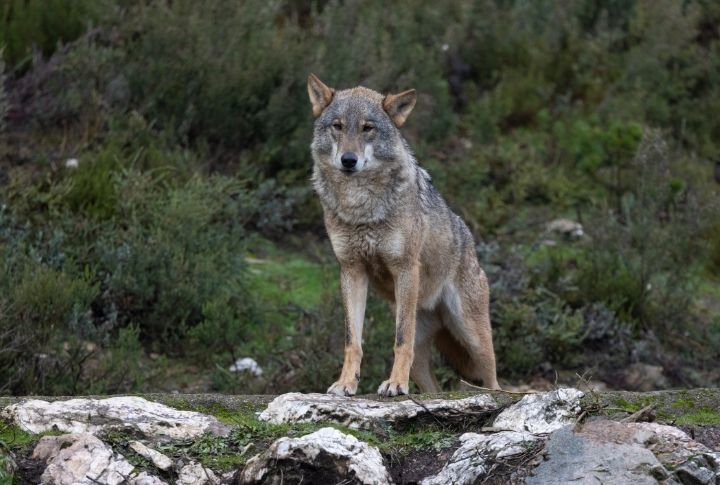
Wolves have long fascinated and frightened humans, often depicted as the villains in fairy tales and folklore. These majestic creatures are surrounded by numerous myths and misconceptions that cloud our understanding of their true nature. Here are 15 popular myths about wolves and the truths that debunk them.
Wolves Eat Only Meat

Primarily known to be carnivorous, wolves have a varied diet that can include fruits, berries, and vegetables, especially when meat is scarce. This dietary flexibility helps them survive in different environments and also ensures they get essential nutrients.
Wolves Are Lone Hunters
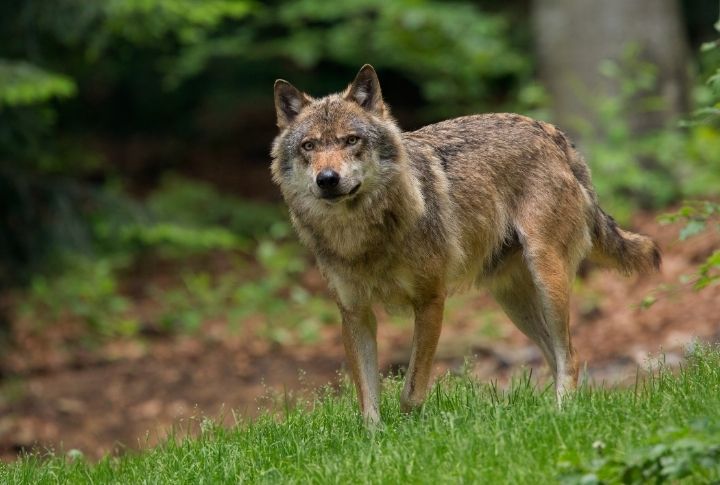
While the term “lone wolf” is common, wolves are social animals that depend on their pack for survival. They hunt, raise their young, and protect their territory as a group. A lone wolf typically means a wolf that has left its birth pack to find a mate and start its pack.
Wolves Are Aggressive Toward Humans
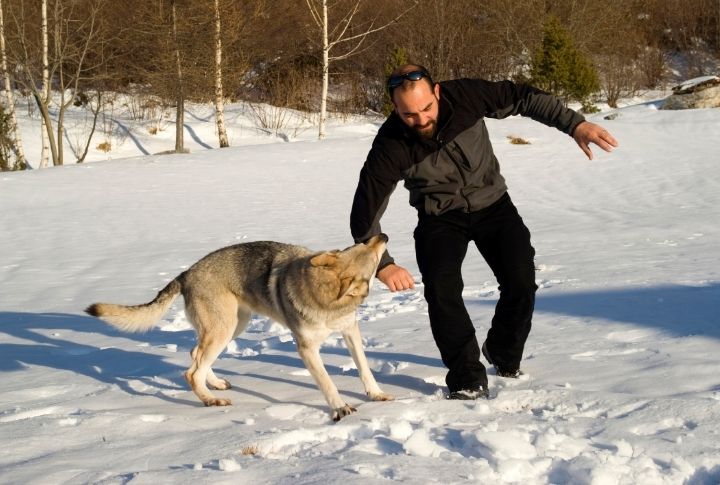
Unlike popular belief, wolves are naturally shy and tend to avoid human contact. Documented wolf attacks on humans are sporadic. Wolves are more likely to run away when they sense humans nearby. Their fierce reputation largely stems from folklore and exaggerated media portrayals. In reality, wolves prefer to live undisturbed in their natural habitats.
Wolves Are Huge and Monstrous

Wolves are large canines, but they are not monstrous giants. Adult wolves typically weigh between 60 to 120 pounds, depending on the species and region. Their size can seem imposing, but they are similar in weight to a large dog breed. The myth of the giant wolf likely comes from tales and illustrations in stories and movies.
Wolves Have One Mate for Life
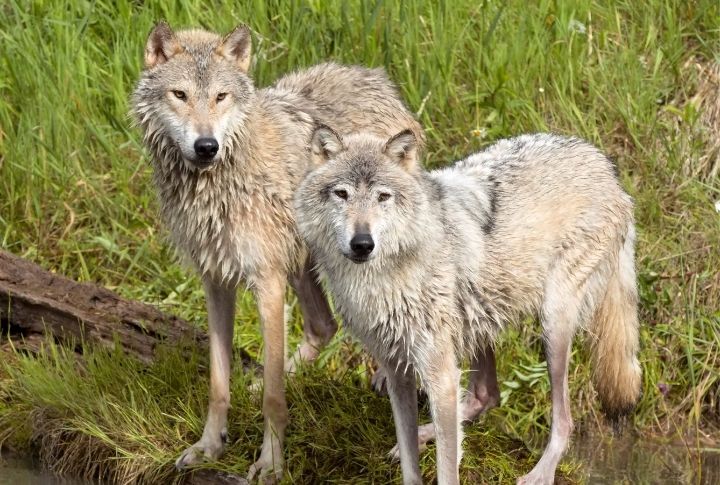
While wolves often form strong pair bonds, they do not necessarily mate for life. Alpha pairs may stay together for several years, but changes can occur due to death, displacement, or other social dynamics. When a mate is lost, wolves will typically seek a new partner.
Wolves Only Live in the Wild

Indeed, wolves are predominantly wild animals, but some populations live near human settlements. These wolves often scavenge and adapt to suburban environments. However, their presence is usually discreet, as they still avoid direct contact with humans.
Wolves Are Nocturnal
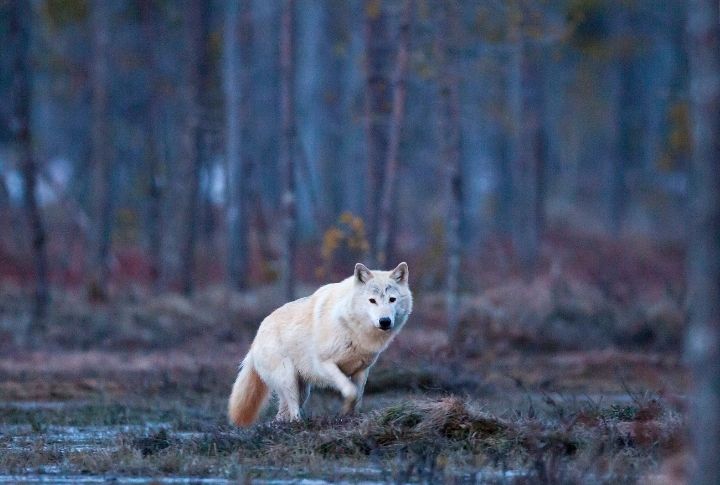
Although wolves are crepuscular, meaning they are most active during dawn and dusk, they can be active at any time of the day or night, depending on various factors like prey availability and human activity. This adaptability allows wolves to thrive in diverse environments and conditions.
Wolf Populations Are Doing Fine
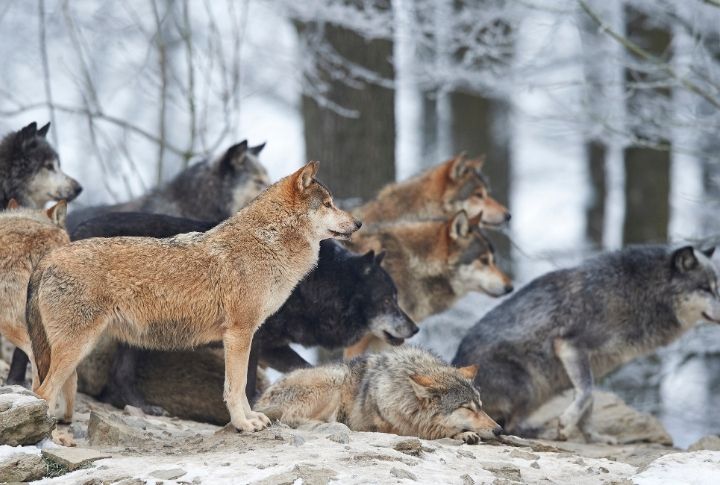
Many wolf populations are still recovering from near extinction. Human activities, including hunting and habitat destruction, have drastically reduced their numbers in the past. Conservation efforts have helped some populations rebound, but wolves remain threatened in many areas.
The Strongest Male is seen as the Leader of the Pack

The concept of the “alpha male” leading a wolf pack is outdated. Wolf packs are typically family units led by a breeding pair, often referred to as the alpha male and female. Leadership depends on experience and the ability to care for the pack rather than brute strength—both males and females play crucial roles in decision-making and rearing young.
Wolves Hunt for Sport

Wolves hunt to survive, not for sport. They primarily target the weak, sick, or old animals in their prey populations. This selective predation helps maintain healthier ecosystems by controlling prey numbers and preventing overgrazing. While wolves may sometimes kill more than they can eat immediately, they often return to a carcass to consume it later.
Wolves Are Always Gray
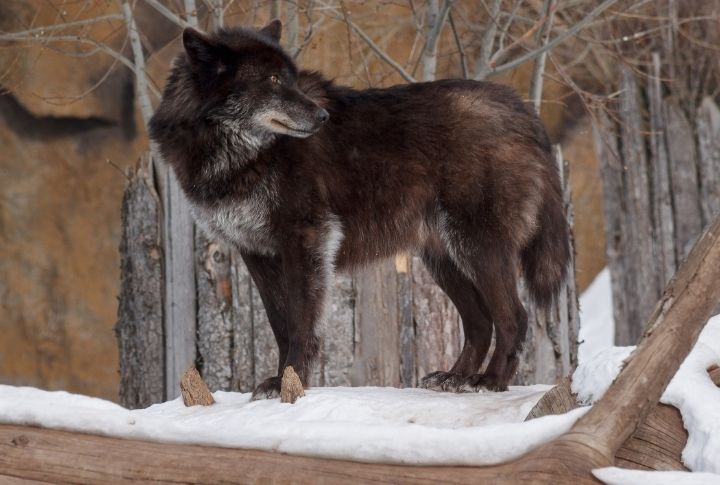
The fur of this majestic creature comes in a variety of colors, not just gray. Individual wolves may have white, black, brown, or mixed coats. These color variations are influenced by genetics and the environment. The diversity in their coats helps them adapt to different habitats.
Wolves and Coyotes Are the Same
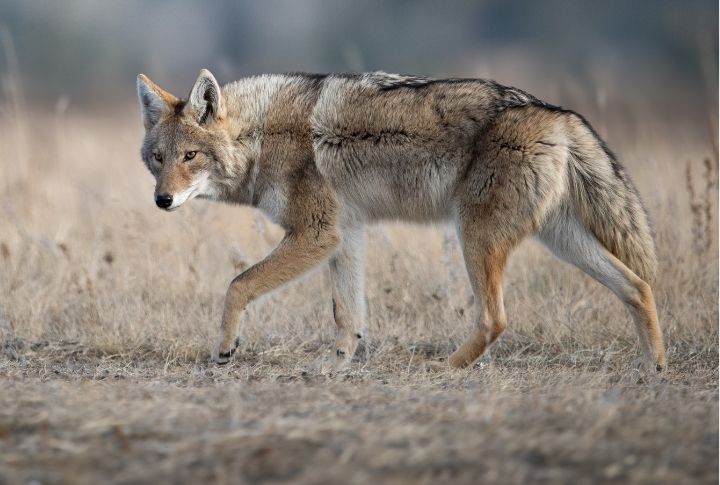
Though wolves and coyotes share some similarities, they are distinct species with different behaviors and habitats. Coyotes are generally smaller and more adaptable to human-altered environments, while wolves prefer more remote areas and have other social structures.
Wolves Are the Same Everywhere
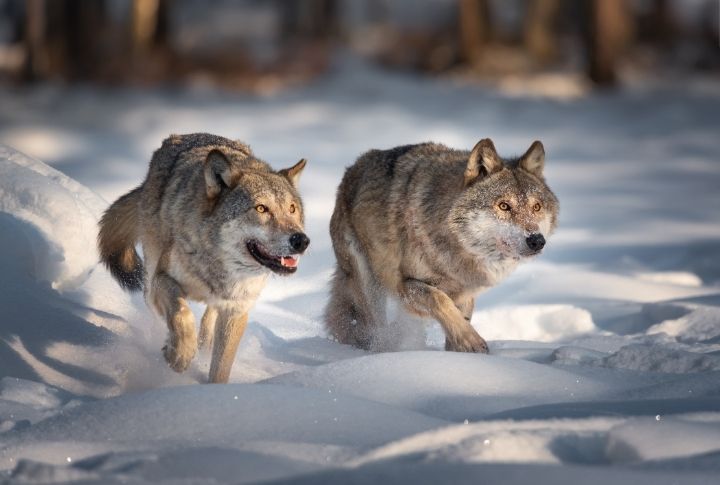
Several wolf species and subspecies exist, each adapted to different environments. Gray wolves, red wolves, and Arctic wolves all have distinct characteristics and behaviors. Regional differences influence their diet, social structures, and interaction with the environment.
Wolves Are Colorblind
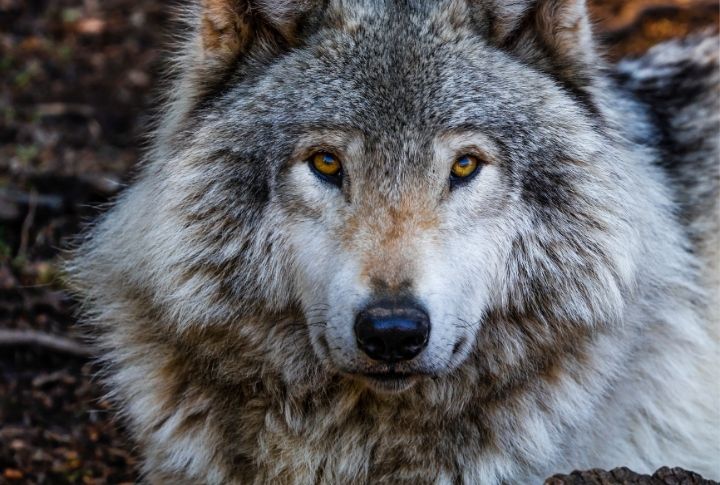
Wolf’s vision is dichromatic, seeing the world in shades of blue and yellow. This limited color vision is well-suited for their nocturnal hunting habits, allowing them to detect movement and contrast in low-light conditions better than humans. Their vision is adapted to the needs of their survival and hunting efficiency.
Wolves Howl at the Moon

Communication, not lunar admiration, drives wolves to howl. Howling helps wolves locate each other, establish territory, and coordinate hunting activities. While their haunting calls are often associated with the full moon, wolves howl at any time, regardless of lunar phases. This myth likely arose from the dramatic imagery of wolves silhouetted against a night sky.

Comments
Loading…